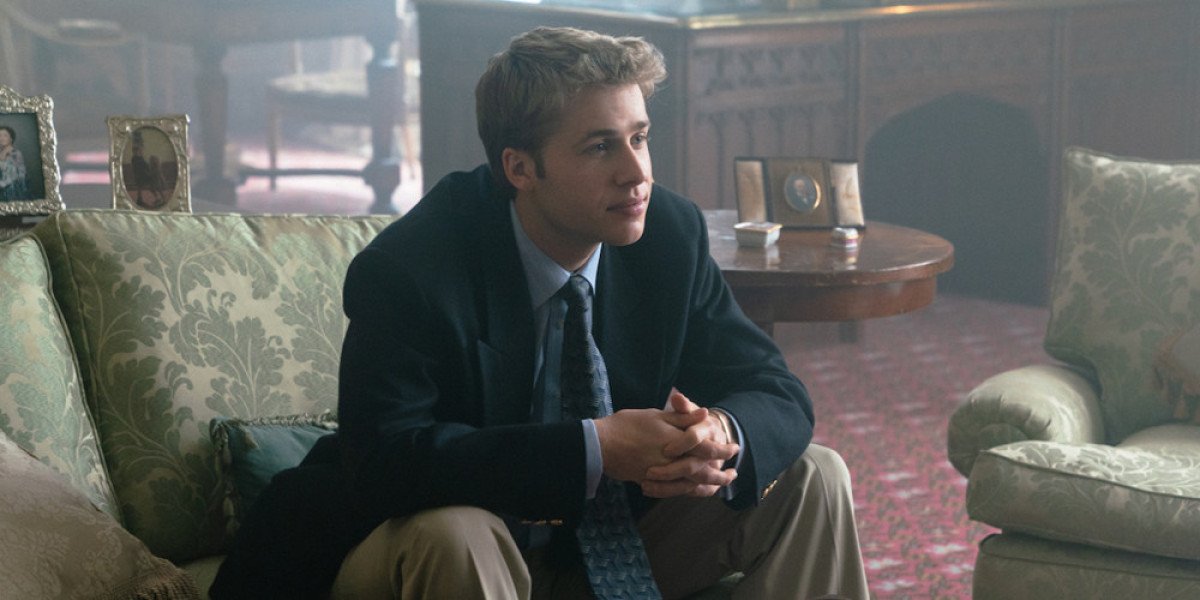Few brands in the world of fashion command as much respect and intrigue as Comme des Garçons. Established by the legendary designer Rei Kawakubo, this Japanese fashion label has challenged conventions, redefined beauty, and influenced generations of designers. From avant-garde runway collections to cult-favorite streetwear collaborations, Comme des Garçons has built a world where creativity, rebellion, and individuality coexist in perfect harmony.
The Birth of a Revolution
Comme des Garçons, which translates to “like boys” in French, was founded in Tokyo in 1969 by Rei Kawakubo. At the time, Japan’s fashion scene was dominated by Western trends and traditional silhouettes. Kawakubo entered this landscape as a disruptor, refusing to conform to the norms of beauty and structure.
Her early designs were characterized by deconstruction, asymmetry, and monochromatic palettes—particularly black, which became the brand’s signature color. What others saw as imperfections, Kawakubo saw as art. Her clothes rejected the idea that fashion had to be glamorous or feminine; instead, they celebrated shape, structure, and freedom.
By the 1980s, Comme des Garçons had taken the international stage, debuting in Paris Fashion Week and shocking audiences with designs that blurred the lines between art and fashion. The world had never seen anything like it—and the label quickly became a symbol of innovation and intellectual design.
Rei Kawakubo: The Creative Force Behind the Brand
At the core of Comme des Garçons is Rei Kawakubo, one of the most influential and enigmatic designers of our time. Unlike many designers who seek validation through trends or commercial success, Kawakubo has always prioritized artistic expression over convention. Her work embodies a deep philosophical approach to design—exploring themes such as identity, chaos, duality, and emotion.
Kawakubo rarely explains the meaning behind her collections. Instead, she invites the audience to interpret her work freely. This approach makes every Comme des Garçons show not just a fashion event but an intellectual and emotional experience. Her designs have been displayed in prestigious museums and exhibitions, further cementing her status as both a fashion designer and an artist.
Comme des Garçons’ Design Philosophy
The Comme des Garçons philosophy is built on breaking boundaries. Kawakubo challenges what clothing should look like, how it should fit, and what it should represent. She often plays with distortion—oversized shapes, uneven hems, torn fabrics, and exaggerated silhouettes—to provoke thought and conversation.
Key design elements often found in Comme des Garçons pieces include:
Deconstruction: The brand often takes apart traditional garments and reconstructs them into something new, creating unexpected forms and textures.
Asymmetry: Perfect symmetry is rare in Kawakubo’s work. Her designs celebrate irregularity and imperfection.
Monochromatic Palettes: Early collections featured mostly black, gray, and white, though recent years have introduced more color and experimentation.
Conceptual Storytelling: Every collection tells a story—sometimes political, sometimes emotional, always profound.
Comme des Garçons doesn’t design clothes simply to be worn; it designs clothes to make people think.
Expansion and Sub-Labels
Over time, Comme des Garçons has expanded into a vast creative empire. Beyond its mainline collections, it has developed several sub-labels, each with its own personality and target audience.
CDG Play: Known for its minimalist streetwear aesthetic and the iconic heart-with-eyes logo designed by Filip Pagowski. This line bridges luxury and everyday fashion.
Comme des Garçons Homme: Focuses on menswear with clean tailoring, often blending formal and casual elements.
Comme des Garçons Shirt: A more approachable line featuring experimental twists on classic shirt designs.
Comme des Garçons Noir: A darker, more sophisticated line emphasizing elegance and craftsmanship.
CDG Black: A limited-edition series with bold branding and a focus on monochrome aesthetics.
Each sub-label represents a different side of Rei Kawakubo’s vision—ranging from avant-garde couture to accessible streetwear.
Collaborations and Cultural Influence
Comme des Garçons has also played a pivotal role in shaping streetwear culture through groundbreaking collaborations. Its partnership with brands such as Nike, Converse, and Supreme has introduced the CDG aesthetic to a wider audience. These collaborations fuse high fashion with street style, creating collectible pieces that embody the perfect mix of sophistication and rebellion.
Beyond fashion, Comme des Garçons has also ventured into fragrance. Its perfumes—like “Wonderwood,” “Amazingreen,” and “Odeur 53”—reflect the brand’s experimental nature, offering unconventional scents that push the boundaries of traditional perfumery.
In short, Comme des Garçons is not just a brand—it’s a movement that inspires creativity across art, music, design, and culture. comme-des-garcons.uk
Comme des Garçons in Modern Fashion
Today, Comme des Garçons stands as one of the most respected and influential names in global fashion. Its flagship stores in Tokyo, Paris, London, and New York are known for their architectural innovation and immersive experiences. Kawakubo’s vision continues to influence countless designers and brands, encouraging them to think beyond aesthetics and embrace originality.
The beauty of Comme des Garçons lies in its ability to remain relevant without ever compromising its core values. It exists outside of trends, remaining true to its philosophy of individuality, freedom, and artistic expression.
Frequently Asked Questions (FAQs)
1. What does Comme des Garçons mean?
“Comme des Garçons” is French for “like boys.” The name reflects the brand’s early approach to gender-neutral and androgynous fashion.
2. Who founded Comme des Garçons?
The brand was founded by Rei Kawakubo in Tokyo, Japan, in 1969. She remains the creative director and driving force behind the label.
3. What makes Comme des Garçons unique?
The brand is known for its avant-garde approach to fashion, challenging conventional beauty standards through deconstructed designs and conceptual storytelling.
4. What are the most popular Comme des Garçons lines?
The most recognized sub-labels include CDG Play, Comme des Garçons Homme, CDG Shirt, and CDG Black. Each caters to different fashion sensibilities.
5. What is the CDG Play heart logo?
Designed by Polish artist Filip Pagowski, the heart-with-eyes logo represents the playful side of the Comme des Garçons brand and is most often seen on casual apparel and footwear.
6. Is Comme des Garçons considered luxury fashion?
Yes. Comme des Garçons is regarded as a high-end luxury brand, though some of its sub-lines—like CDG Play—offer more affordable options.
7. How does Comme des Garçons influence streetwear?
Through collaborations with brands like Converse and Supreme, Comme des Garçons has helped bridge the gap between high fashion and street culture, inspiring a new generation of hybrid fashion.
8. Where are Comme des Garçons clothes made?
Most Comme des Garçons garments are designed in Japan and produced in Japan or other countries known for high-quality craftsmanship, depending on the collection.
9. Are Comme des Garçons clothes unisex?
Many of the brand’s designs are intentionally gender-neutral, reflecting Kawakubo’s belief in fashion as a form of self-expression rather than a limitation.
10. Why is Comme des Garçons so influential?
Because it continuously challenges the norms of fashion, promoting creativity, experimentation, and individuality. Its impact extends far beyond clothing—it has changed how people think about style and art.
Final Thoughts
Comme des Garçons is more than a fashion brand—it is a cultural phenomenon that has reshaped the way people view clothing and self-expression. Rei Kawakubo’s fearless approach to design has turned the brand into a symbol of freedom and creativity.
From high-fashion runways to global streetwear collaborations, Comme des Garçons remains an enduring force that thrives on innovation and authenticity. It is a reminder that true style isn’t about perfection—it’s about daring to be different.
In a world obsessed with trends, Comme des Garçons stands timeless, proving that fashion, at its best, is an art form that challenges, inspires, and transforms.



